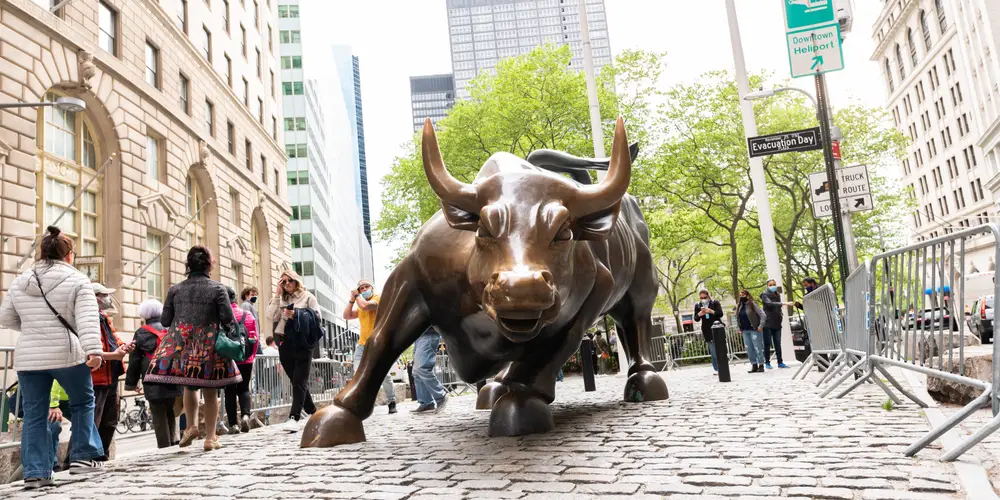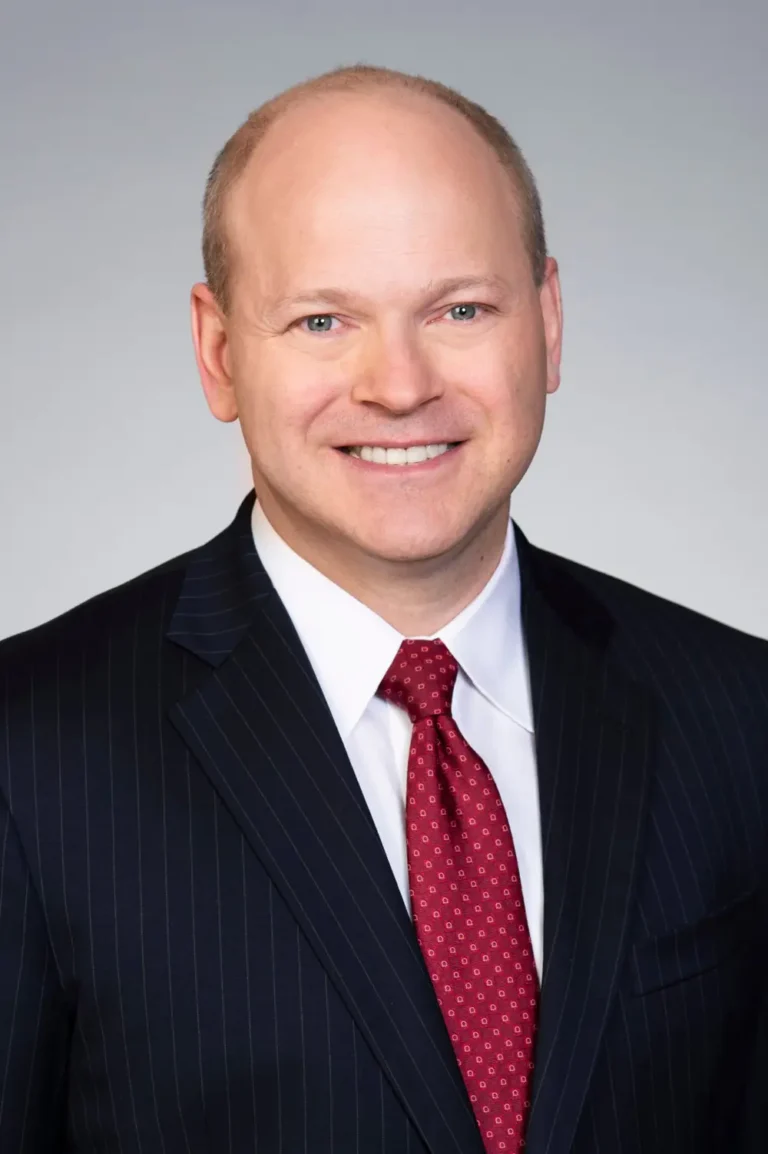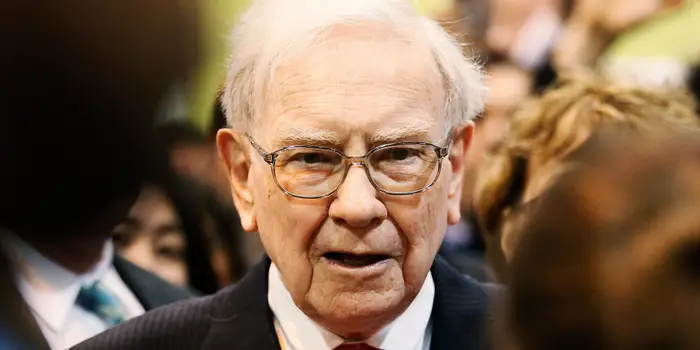The stock market’s bull rally is 2 years old. Here’s what tends to happen next.

The stock market bottomed on October 12, 2022, marking two years since the start of the ongoing bull rally.
Since then, the Nasdaq 100, S&P 500, and Dow Jones Industrial Average have posted impressive gains of 88%, 62%, and 46%, respectively.
A resilient job market, lower inflation, and continued corporate earnings growth helped push the stock market higher over the past two years.
So, what’s in store for the bull market from here?
Here’s what market experts told B-17 about what history says about the bull market’s future as it enters its third year.
Freedom Capital Markets, Jay Woods
Chief global strategist Jay Woods of Freedom Capital Markets said what’s most telling about the current bull market is that very few believed in it in the beginning.
“I think it’s important to preface it with when it started, no one believed it. They just thought it was a bear market rally. And then they doubted that it had legs, and then it was just seven stocks,” Woods told B-17.
He added: “And now, all of a sudden, it is powerful. And I think the momentum is continuing. You got the rate cycle, you got broadening out, we have wind at our sails, and this bull market should last at least another 12, maybe 18 months.”
Woods said he is encouraged that market leadership is diverse and no longer concentrated in mega-cap technology companies. A recent example is the rotation into utility stocks, which have surged on the AI power demand narrative.
A common Wall Street expression is “rotation is the lifeblood of a bull market,” and that appears to be playing out.
“It’s good to look back and celebrate two years, but it still feels like the party is just beginning,” Woods said.
Carson Group, Ryan Detrick
According to Carson Group chief market strategist Ryan Detrick, the bull market in stocks is still young.
“Although many might think this bull market has gone too far and is getting old, that isn’t the case at all. If you look back at history, bull markets last more than five years on average, making this one at two years actually young,” Detrick told B-17.
Detrick said that while he sees more gains ahead, he doesn’t expect another big year for returns like in 2023 and so far in 2024, with the S&P 500 delivering gains of 24% and 22%, respectively.
Instead, Detrick said that the average gain of a bull market in year three is about 8%, which is right around the average annual return for stocks.
“All in all, we expect stocks to be up at least low double digits over the next year,” Detrick said.
Baird, Ross Mayfield
Baird investment strategist Ross Mayfield said the third year of this current bull rally could deliver stronger returns than history suggests because the first two years of the bull delivered underwhelming performance relative to history.
“The first two years of this bull market have been somewhat muted vs. historical standards, so there is ample opportunity for outperformance of the typical year 3 performance,” Mayfield told B-17.
Mayfield also echoed Detrick’s sentiment that the average bull market is over five years long, so he thinks “there is plenty of room to run.”
“It would not be surprising if year three of the bull market outperformed the typical year three given the rates backdrop, expected earnings growth, and tepid investor sentiment,” Mayfield said.
US Bank Asset Management, Rob Haworth
Investment strategist Rob Haworth of US Bank Asset Management believes the S&P 500 could surge to 6,480 in its third year of the bull market, representing potential upside of 12%.
Haworth’s bullish view is backed by what really drives stock prices higher: earnings growth.
“The key forward metric for market returns remains the pace of earnings growth,” Haworth told B-17. “As we look ahead, we still see a constructive path.”
Haworth expects the S&P 500 to deliver $270 in earnings per share next year, representing about 13% growth from 2024 consensus levels.
“Lower interest rates from the Federal Reserve and soft or no-landing economic scenarios are helping lift growth into next year, supporting further equity market gains,” Haworth said.






